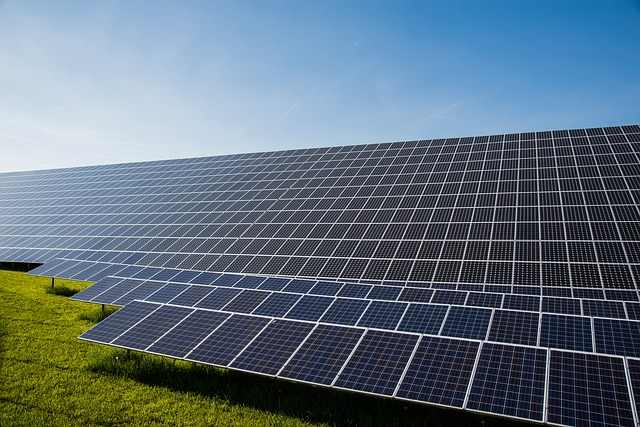
Written by John Vibes at trueactivist.com
As drought and water shortages become more of a concern in places like California, scientists are looking for new ways to solve the problem. One solution recently came from MIT, where a team was able to come up with a way of turning salt water into drinking water.
The process uses solar power and is environmentally sustainable.
It was reported that the process can convert 2,100 gallons of salt water into drinking water in just 24 hours.
According to a full explanation on from MIT:
The group came up with a method that uses solar panels to charge a bank of batteries. The batteries then power a system that removes salt from the water through electrodialysis, that means that dissolved salt particles, which have a slight electric charge, are drawn out of the water when a small electrical current is applied.
Both electrodialysis and reverse osmosis require the use of membranes, but the membranes in an electrodialysis system are exposed to lower pressures and can be cleared of salt buildup simply by reversing the electrical polarity. That means the expensive membranes should last much longer and require less maintenance. In addition, electrodialysis systems recover a much higher percentage of the water — more than 90 percent, compared with about 40 to 60 percent from reverse-osmosis systems, a big advantage in areas where water is scarce.
The system is currently being tested in small villages throughout India and recently won the top Desal Prize for sustainable technologies.
John Vibes writes for True Activist and is an author, researcher and investigative journalist who takes a special interest in the counter culture and the drug war.





It won’t matter if they don’t get Fukushima cleaned up.